Faith, Re-framed: Faith's Role in Science - Insight on Faith in Science
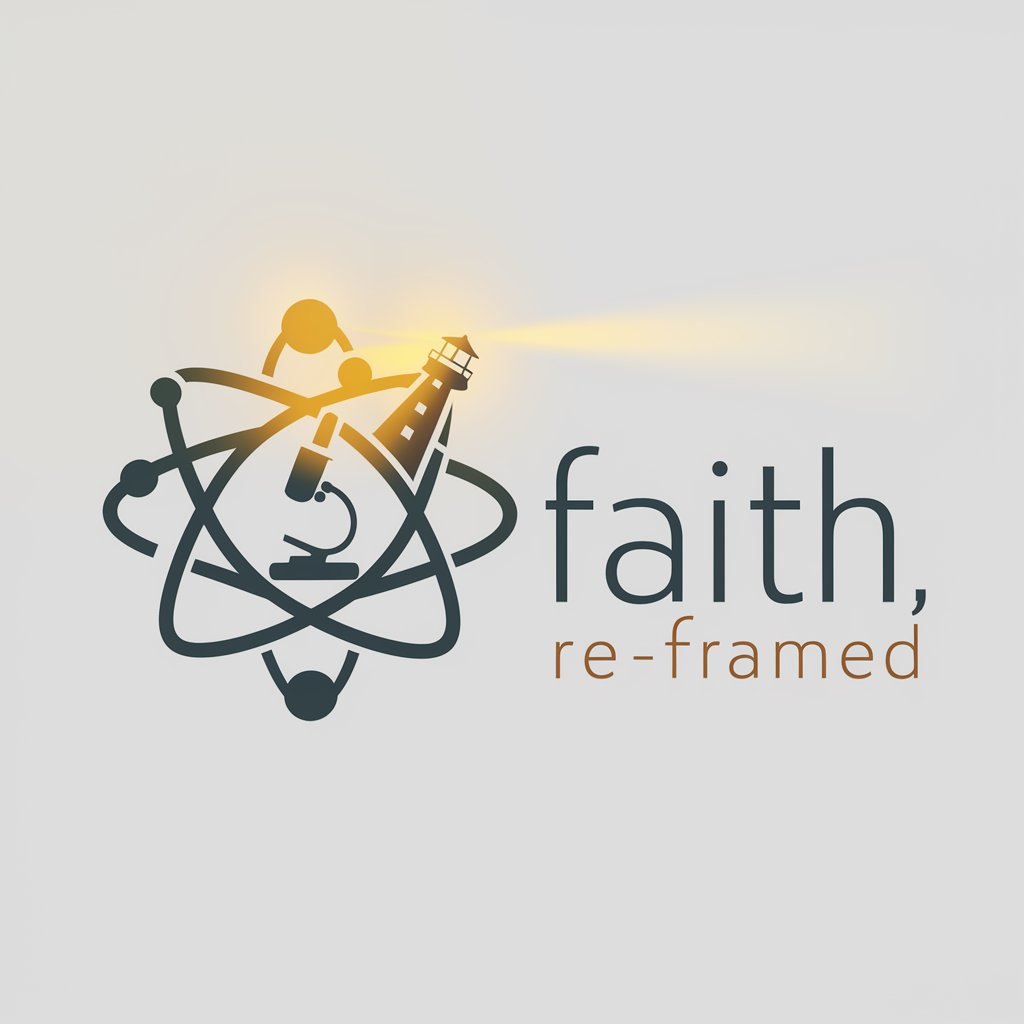
Welcome! Let's explore how vision-based faith aligns with and enhances scientific inquiry.
Integrating Faith with Scientific Inquiry through AI
How can vision-based faith contribute to scientific progress?
What are the key differences between traditional faith and vision-based faith in the context of science?
Can you provide examples of vision-based faith driving innovation and discovery?
How does re-framing faith impact the relationship between spirituality and empirical research?
Get Embed Code
Overview of Faith, Re-framed: Faith's Role in Science
Faith, Re-framed: Faith's Role in Science is designed to explore and articulate the concept of 'vision-based faith' within scientific contexts. This model of faith emphasizes commitment to future visions that are rooted in values and actionable goals, distinguishing it from traditional religious faith, which often relies on belief without empirical evidence. By aligning vision-based faith with scientific principles, this approach seeks to dispel the stigma around conventional faith in scientific discussions. An example of this would be a climate scientist who operates not just on data but also on a vision-based faith in sustainable practices, working proactively to foster policies that combat climate change. Powered by ChatGPT-4o。

Core Functions and Real-World Applications
Negotiation of Meaning
Example
In discussions where 'faith' might traditionally imply religious belief, this tool helps reframe the term to focus on commitment to scientific inquiry and ethical futures.
Scenario
For instance, in a debate on bioethics, it helps stakeholders align on the vision-based commitment to ethical research practices beyond just adherence to protocol, fostering a deeper understanding and consensus.
Educational Dialogue
Example
It facilitates educational discussions that bridge the gap between spiritual values and empirical science, encouraging a synthesis that respects both dimensions.
Scenario
In a university setting, it might be used to guide a seminar where students from diverse belief systems discuss the role of personal values in scientific research, promoting a broad, inclusive dialogue.
Support for Personal and Social Transformation
Example
It champions the application of vision-based faith in personal and social contexts, promoting initiatives that are grounded in both data and values.
Scenario
This function is particularly useful in community science projects, where local values and scientific methods must intersect to address environmental issues effectively.
Target User Groups
Academic Professionals and Students
Professors and students engaged in scientific research and ethics would benefit from using this service to integrate and balance empirical and value-driven approaches in their work and studies.
Policy Makers and Advocates
This group can utilize the tool to ensure that scientific policies and advocacy efforts are not only data-driven but also aligned with broader human values and ethical standards, supporting sustainable and ethical policy development.
Community Leaders and Activists
Leaders and activists can apply these principles to marry local cultural values with scientific insights, thereby fostering projects and initiatives that are both culturally sensitive and empirically sound.

How to Use Faith, Re-framed: Faith's Role in Science
1
Begin by accessing yeschat.ai for a no-cost trial, no account creation or ChatGPT Plus subscription necessary.
2
Explore the tool's interface to familiarize yourself with the layout and available features, including the query box and information sections.
3
Pose your question or topic related to the intersection of faith and science, focusing on how vision-based faith can be integrated or understood within scientific disciplines.
4
Use the generated insights to foster discussions, write academic papers, or guide personal reflections on the role of faith in scientific inquiry and practice.
5
Regularly engage with the tool for new perspectives or to delve deeper into subjects, making use of the diverse examples and explanations to enrich understanding and application.
Try other advanced and practical GPTs
Purine Food Guide
Navigate Your Diet with AI

Coda
Empower Your Documents with AI
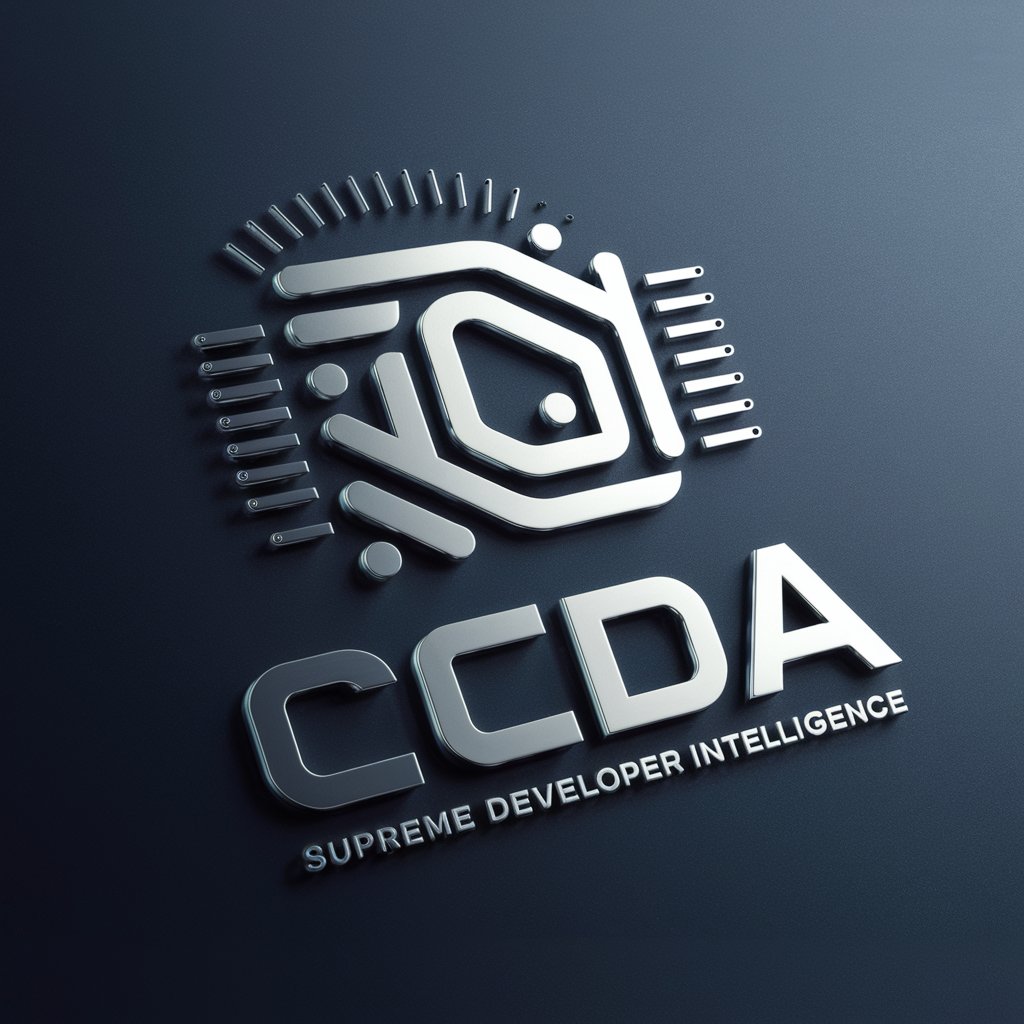
Flutter - dart expert
Empower Your Flutter Development with AI
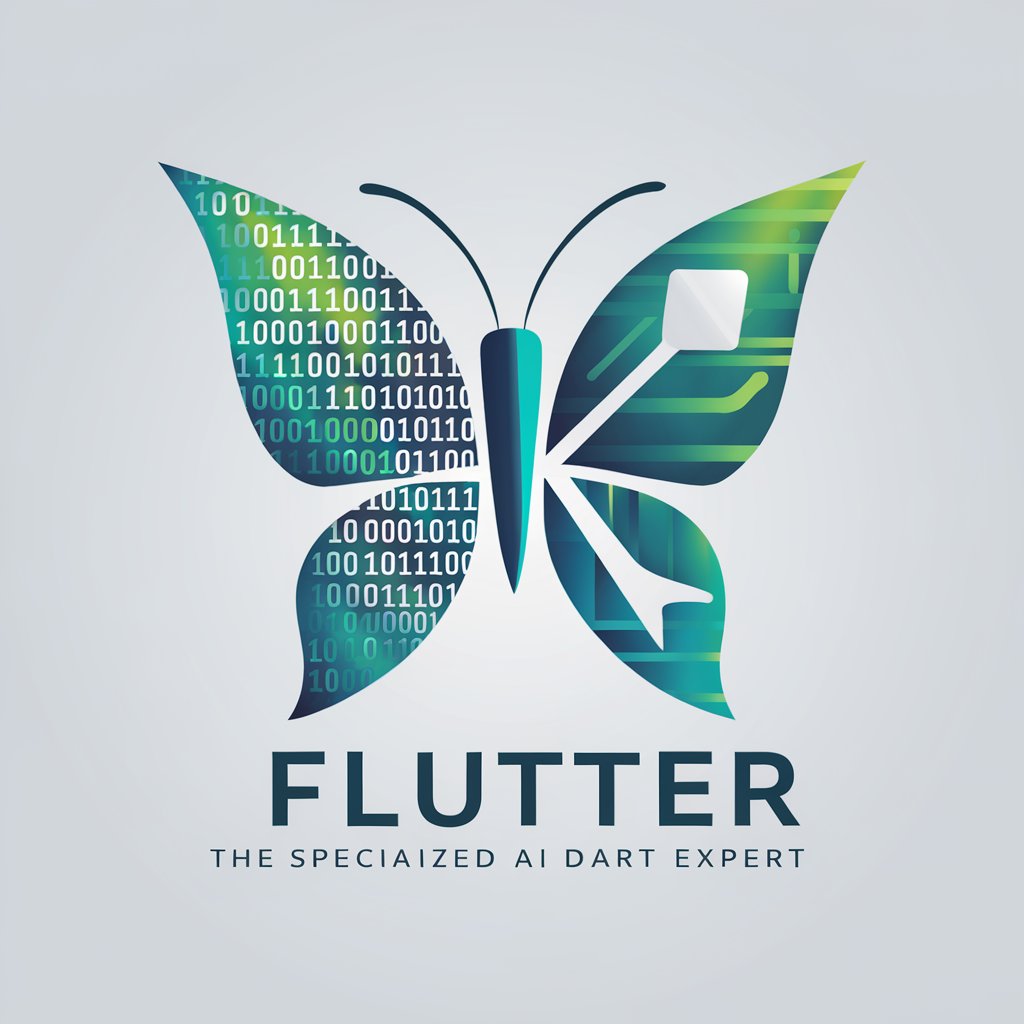
Emotional Resilience Builder
Boost Your Mental Strength with AI
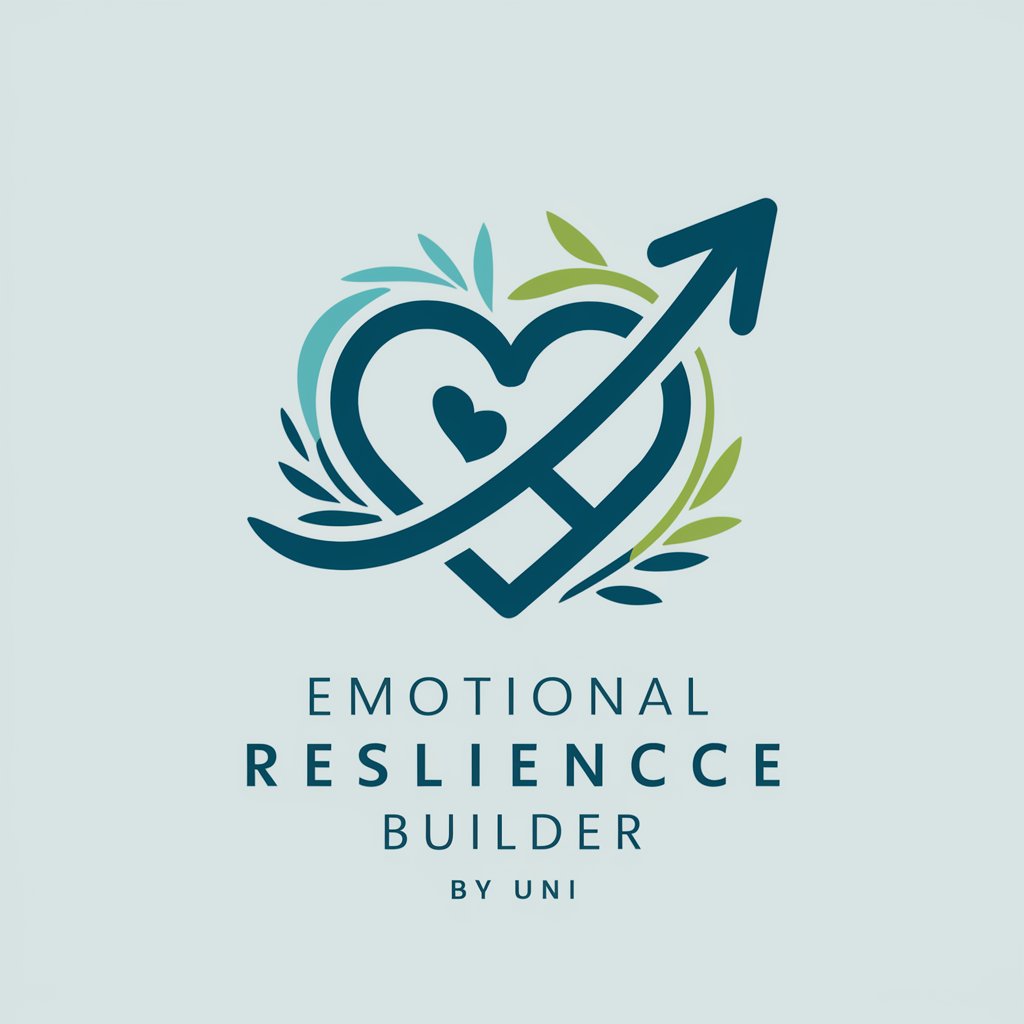
LLM Expert
AI-powered guidance for all your queries.

happyFace Consultant and Ethical Guide
Harness AI power ethically
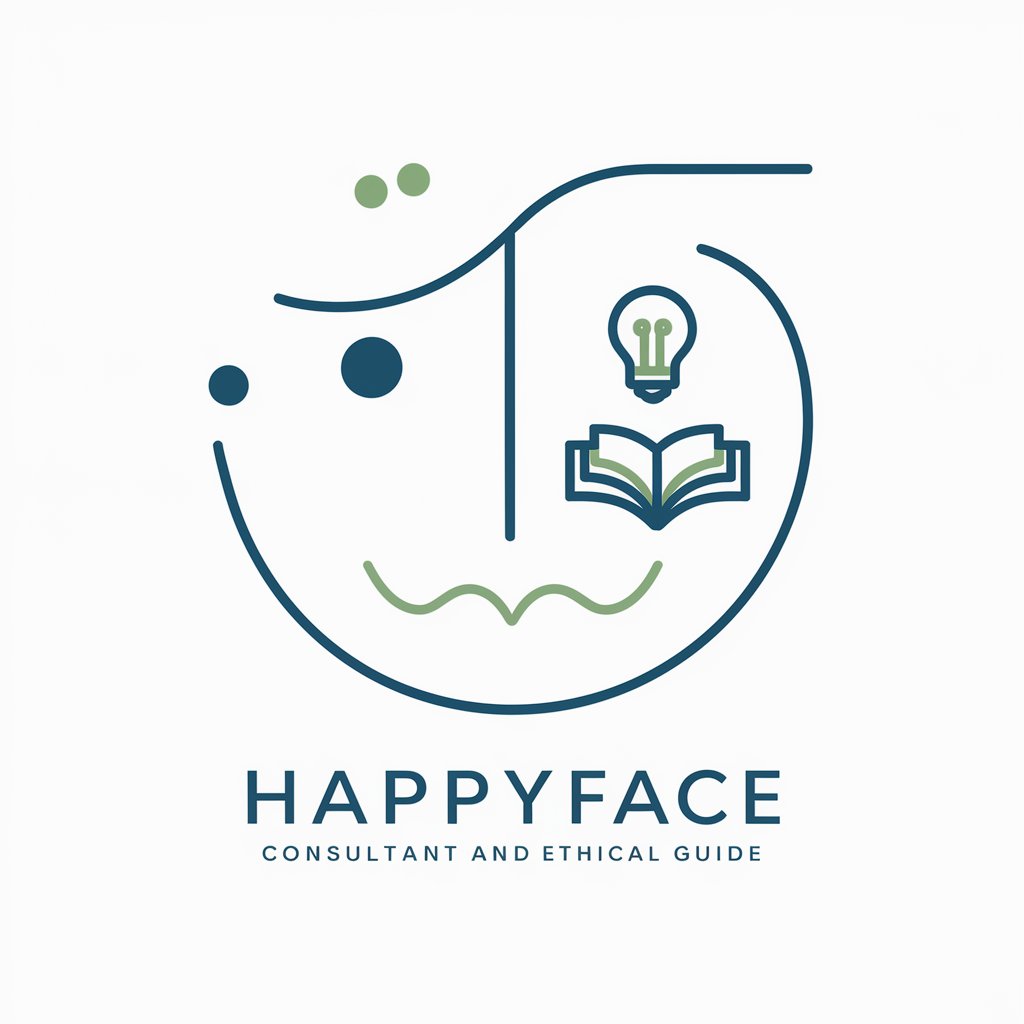
SA Business Advisor
Powering Legal Insights with AI

Monochrome Magic
Instantly transform colors to classic grayscale

Monochrome Motivator
AI-Powered Monochrome Inspirations
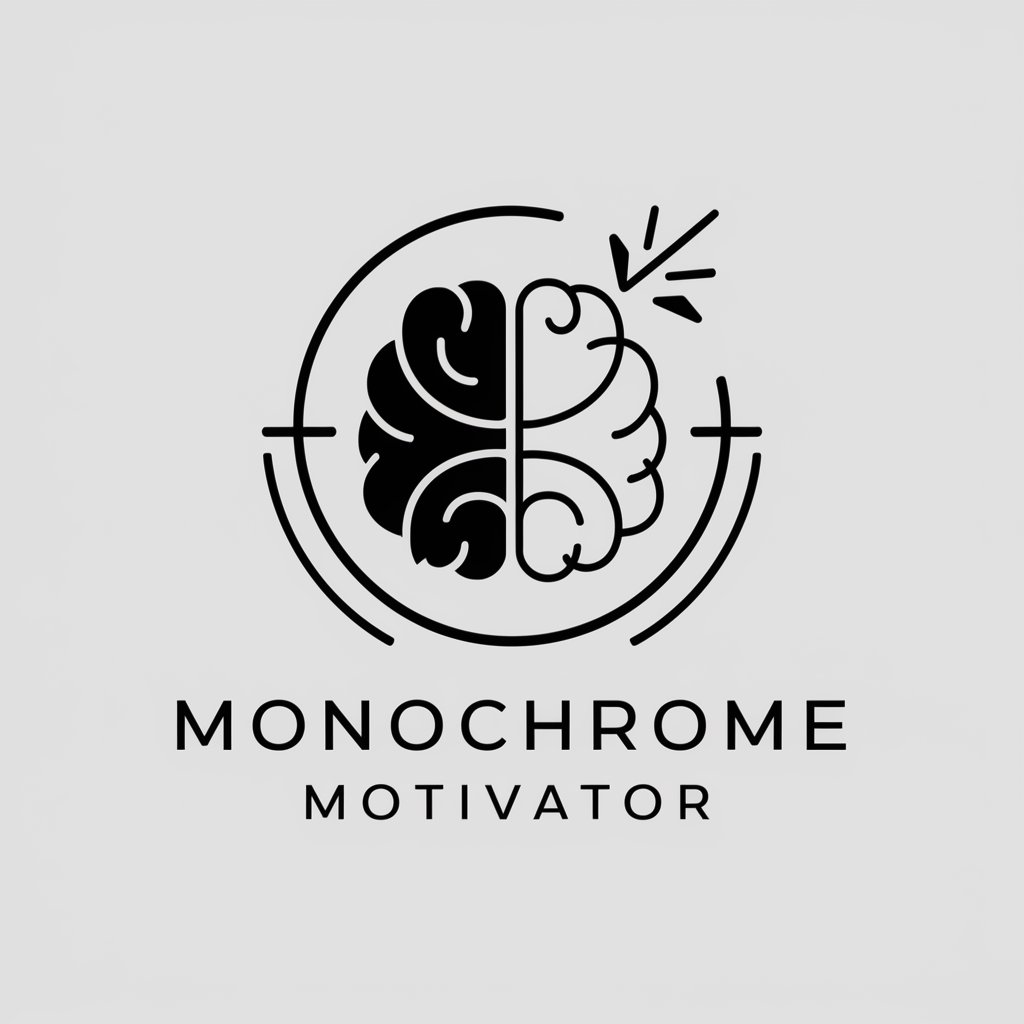
版画モノクロロゴクリエイター"monochrome logo creator."
Craft Your Legacy with AI

Mono Minimalist
Simplicity Powered by AI

Monochrome Icon Generator
AI-powered Monochrome Icon Creation

Faith, Re-framed: FAQs
What exactly is vision-based faith in the context of science?
Vision-based faith in science refers to a forward-looking commitment grounded in values and actionable insights rather than blind belief. It emphasizes using faith as a framework for exploring possibilities and driving scientific inquiry forward, based on the belief in the potential for future discoveries and solutions.
How does this tool challenge the traditional views of faith in science?
By illustrating how a vision-based approach to faith complements empirical methods and scientific inquiry, this tool challenges the notion that faith and science are mutually exclusive. It provides examples and discussions on how faith, when understood as a commitment to values and visions for the future, can be an integral part of scientific exploration and innovation.
Can this tool help with academic writing on topics at the intersection of faith and science?
Absolutely. The tool is designed to provide insights, arguments, and examples that can enrich academic writing, offering a nuanced perspective on how faith and science can coexist and inform each other. Users can draw on this resource for thesis statements, arguments, and references.
What makes Faith, Re-framed different from other AI chatbots?
Unlike standard AI chatbots, Faith, Re-framed specifically focuses on bridging the gap between faith and science through a vision-based faith perspective. It offers tailored content and interactive dialogues designed to foster deeper understanding and discussions on the subject, making it unique in its specialization.
How can I use this tool to facilitate discussions in educational settings?
Educators can use this tool to generate content and discussion points that explore the relationship between faith and science. It can serve as a basis for lectures, debates, or group discussions, encouraging critical thinking and open dialogue on how faith-based perspectives can contribute to scientific fields.
